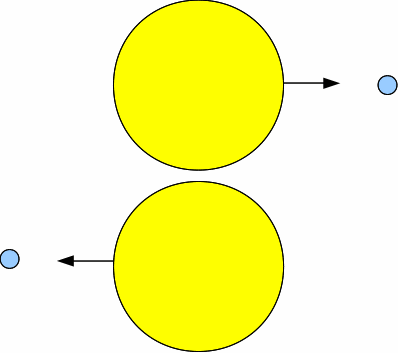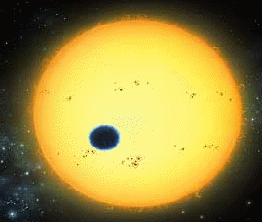The first planet around a star other than the Sun was in 1992 around a pulsar in the constellation Virgo, 980 light years away. Since then hundreds of planets have been discovered. The easiest to discover are giant planets that orbit closer to the parent star, since they have the greatest effect in the ways described below.
The planets may be detected in two main ways. As they orbit the star they cause it to wobble as shown below.

The wobble is forwards and back and side to side, and causes a tiny shift in the frequency of radiation of the star via the doppler shift. This can be detected, and the details and the planet and orbit deduced from the period of the wobble.
The other main method is to analyse the amount of light received from the star on Earth. As the planet passes in front of the star it partially blocks the light of the star, causing the amount recived on Earth to fall by a tiny amount.

This can be detected, and again details of the planet and orbit deduced.
